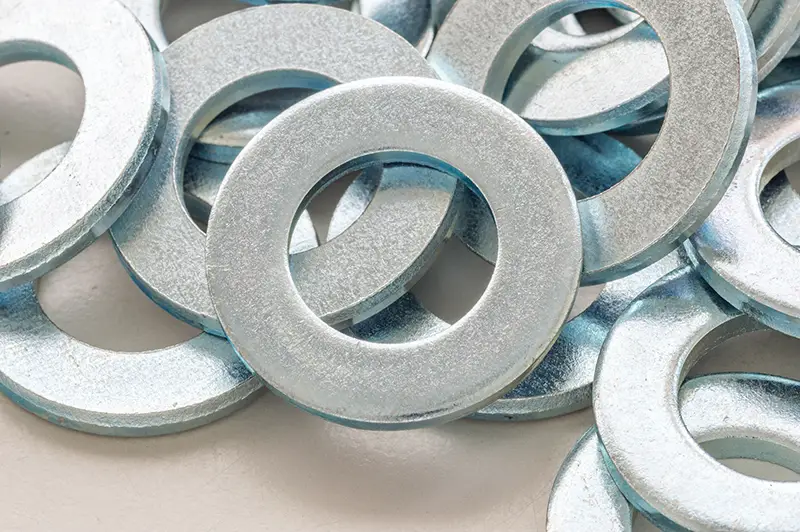Click here to get this post in PDF
Steel is known for its strength, but strength alone can prove too brittle for some applications. The metal treatment known as annealing solves this problem by making the refined steel less hard. By reducing hardness, the steel gains greater ductility, which allows the metal to be reshaped without breaking or losing strength. Annealed sheet metal, for example, is what spring washers manufacturers use to stamp spring washers. To see more about these important fastening components, source spring washers from a washer manufacturer.
Precision Heating And Cooling Achieves Annealing
To create annealed steel, a processing plant must heat the metal to a very high temperature and then carefully control the cooling. The type of steel and desired outcome determine the exact temperature needed. As for cooling, this is usually done within the furnace used to heat the steel in the first place. The attributes of a furnace allow processors to monitor temperatures and control the atmosphere within it.
The heating and cooling process forces impurities out of the metal, which improves the ductility of the material. This occurs because, on the molecular level, the metal is made from crystal-like structures that form the grain of the metal. The grain of a metal influences how likely it is to break or fracture under stress.
The initial heating period marks the recovery stage of the annealing process. It dissipates the internal stress points within the natural grain. Additional heating realigns the grain in a way that can absorb stress better. When the new grain structure forms, the metal is said to have gone through recrystallization. The controlled rate of cooling guides the recrystallization so that the new grain yields the desired traits.
Benefits Of Annealing Steel
By adjusting the metal grain, the material becomes less likely to crack. The enhanced ductility allows the metal to be worked into new shapes, like wire or annealed spring steel washers.
Annealed steel also causes less wear on machining tools. Brittle metal will damage tools faster than a softer more workable metal. A stamping machine making spring washers would wear out and require replacement of dies more often if it was cutting through steel that had not gone through the annealing process. Additionally, the washers themselves would not perform as well without the treatment that increased their flexibility without reducing strength. Washers must absorb stress to help keep a fastener assembly tight and maintain its tension even in the presence of vibration.
Industries That Use Annealed Steel
Spring washer manufacturers are not the only industrial entities that rely on annealed steel. Welders often treat pieces to be connected with an annealing process. This improves the metal’s ability to remain joined at the seam.
Manufacturers of metal wire also need to work with annealed steel. Making wire requires drawing out metal for great lengths. This exerts stress on the metal grain. Without annealing, the wire would be difficult or impossible to make. The brittleness inherent in the metal would crack the wire before it achieved a usable length. On top of this, wire needs to be flexible and bendable to be useful. The increased ductility that results from the annealing process ensures the production of high-quality wire.
Sheet metal frequently undergoes annealing as well. Many raw sheet metal supplies are rolled for storage and transport. Greater ductility makes this possible without straining the grain within the metal. Its hardness must be reduced so that it can be cut or pressed into various shapes needed to build parts. Washer manufacturers buy large quantities of sheet metal in different thicknesses to stamp spring washers.
You may also like: A Brief Guide To Mild Steel

